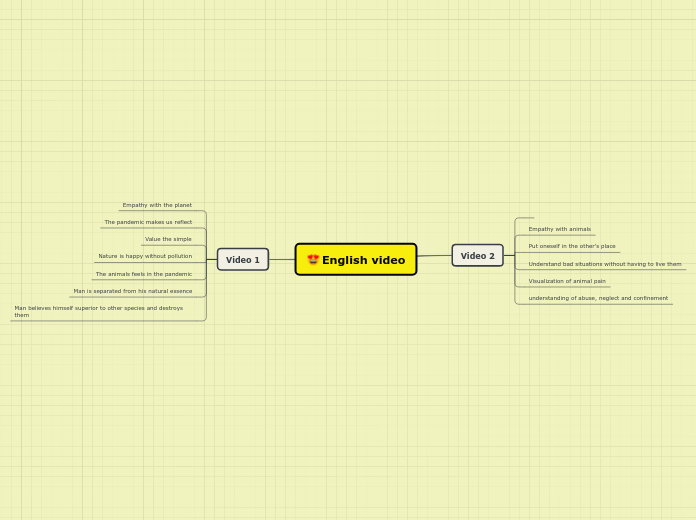Waves
Electromagnetic waves
Properties
Reflection, transmission and absorption.
Required Practical Reflection and Refraction.
When a potato is cooked in a microwave it absorbs microwaves. The wavelength of microwaves is carefully chosen so that water molecules in the food absorb them.
Different wavelengths of light behave differently when they hit various surfaces. A red shirt reflects red light which is why it looks red. It absorbs the other colours. A polished metal surface reflects most electromagnetic waves.
Refraction
When waves travel from one medium to another they change direction. They do this because the speed of light is different in different materials.
The angle between the incident ray and normal is the angle of incidence. The angle between the refracted ray and the normal is the angle of refraction. Light bends towards the normal when it enters the glass block because it travels more slowly in glass than it does in air. When it leaves the glass block in bends away from the normal because it speeds up again.
Water waves can be refracted when it goes from deep to shallow water at an angle. The waves slow down, become shorter in wavelength and change direction.
Continuous spectrum of wavelengths.
Radio Waves: Longest wavelength/lowest frequency
Uses: Used to transmit TV and radio signals from transmitters to our homes. These are terrestrial signals as they go across the ground. They can travel long distances by reflecting off the ionosphere (a layer of the Earth's upper atmosphere).
Producing radio waves - High frequency current is supplied to the transmitting aerial. This makes electrons oscillate up and down the aerial. An electromagnetic wave is emitted. This wave transfers energy in oscillating electric and magnetic fields. This is a transverse wave because the oscillation are at right angles to the direction of energy transfer. When the electromagnetic wave reaches the receiving aerial, the electric and magnetic fields cause electrons to oscillate up and down the receiving aerial. This induces a current in an electrical circuit. The alternating current has the same frequency as the radio wave itself.
Microwaves
Uses: Used for satellite communications because they pass easily through the Earth's atmosphere. Many people have satellite TV, they are also used in mobile phone networks. Also used in microwave ovens for cooking food.
Infrared
Uses: Used to provide heating from electrical heating. We cook using infrared in our ovens. Also used in infrared cameras to take photographs at night.
Visible
Uses: We use visible light to see. It is also used in fibre optic communication systems. Information is coded into signals consisting of light (or infrared) pulses which are then transmitted along fibre optics. Many telephone links use fibre optics rather than copper cables.
Ultraviolet
Uses: UV rays are emitted by hot objects. Some energy efficient lamps work by producing UV radiation. UV radiation can also be used to aid the detection of counterfeit money. Tanning bed also use UV.
X rays
Uses: Can penetrate the body. In an x-ray photograph bones, teeth and diseased tissues stand out because they absorb the x-rays. Can also be used to kill cancer cells.
Gamma - Shortest wavelength/highest frequency
Gamma rays are generated when there are changes to the nucleus of an atom.
Uses: Are a penetrating radiation which can cause damage to cells. Gamma rays are used in radiotherapy to kill cancer cells.
They all travel through a vacuum at a speed of 300 000 000 m/s (3 x 108 m/s)
They can travel through a vacuum
Transfer energy only - particles are not involved.
All are Transverse waves
Properties of Waves.
Wave Speed and the Wave Equation.
Measuring Wave speed
Waves in a stretched string and use the equation wave speed = frequency x wavelength.
Required Practical 2
Use a ripple taken and the equation wave speed = frequency x wavelength
Required Practical 1
Wave speed can be measured using speed=distance travelled ÷ time taken.
Wave speed = frequency x wavelength
Wave speed is in metres per second when frequency is in hertz and the wavelength in metres.
The wave speed is the speed at which energy is transferred through the medium
We can use a ripple tank to learn more about the properties of waves. Waves are produced by lowering a dipper into the tank. A wooden bar is used to make straight waves. A bright light shining above means that we can see the patterns of the waves.
Describing Waves. Wave are described using the words. amplitude, wavelength, frequency and period.
Period, T, of a wave is the time taken to produce 1 wave and = 1/frequency.
Frequency is measured in hertz (HZ), 1Hz means that one wave is produced per second.
Waves in air, fluids and solids
Longitudinal Waves
Sound is an example of a longitudinal wave.
A wave in which the vibration causing the wave is parallel to the direction of energy transfer.
Transverse waves
Water waves and Light waves are two examples of transverse waves.
A wave in which the vibration causing the wave is at right angles to the direction of energy transfer.









